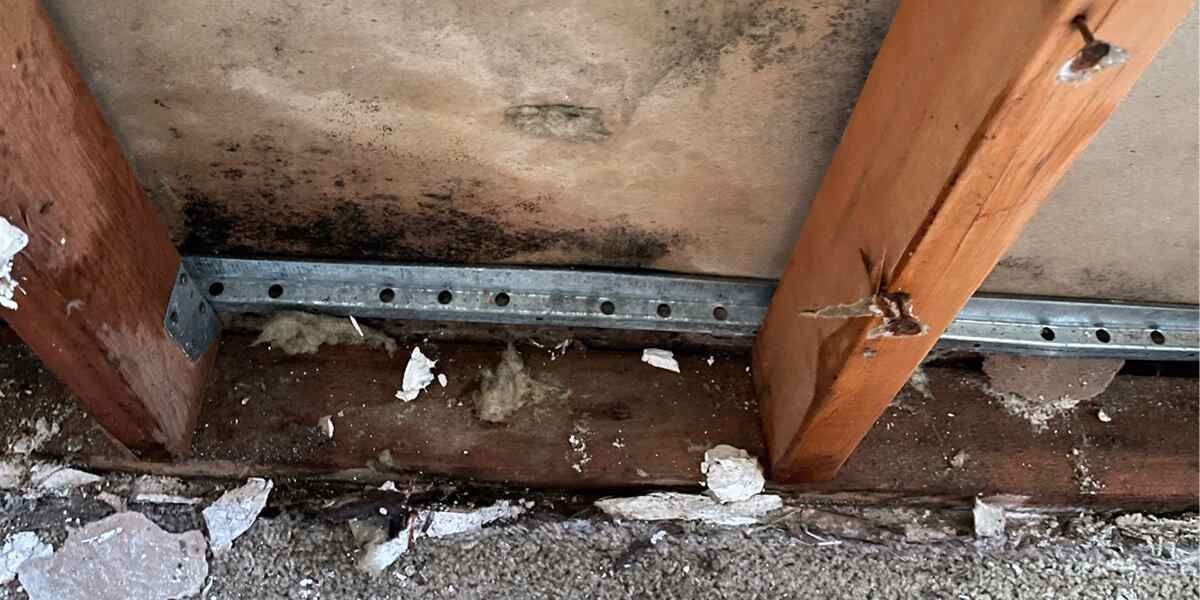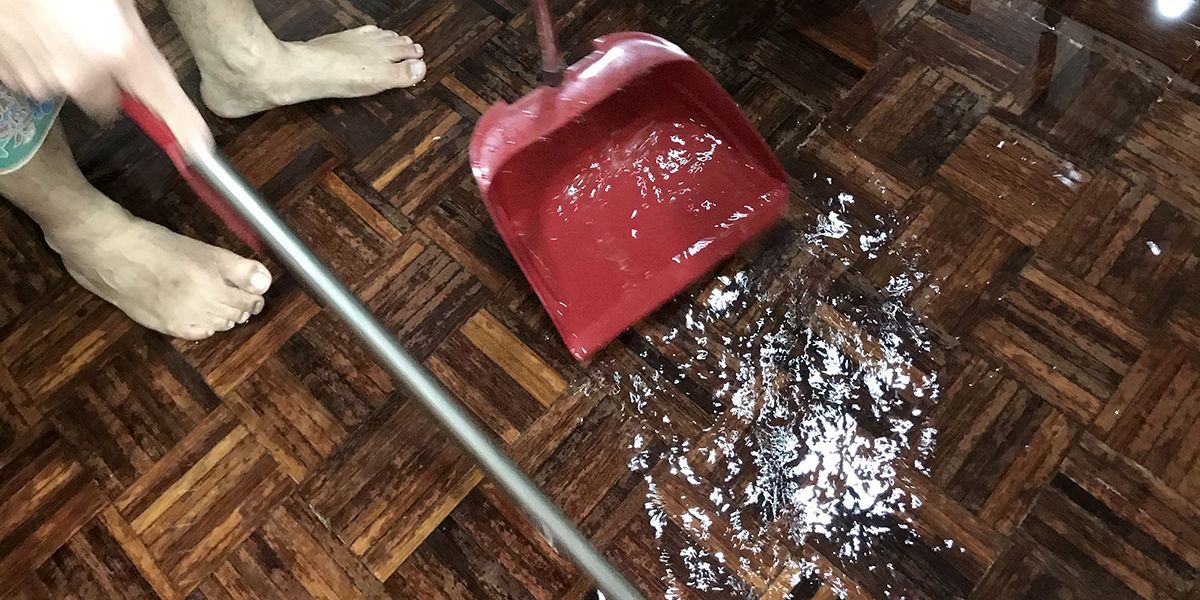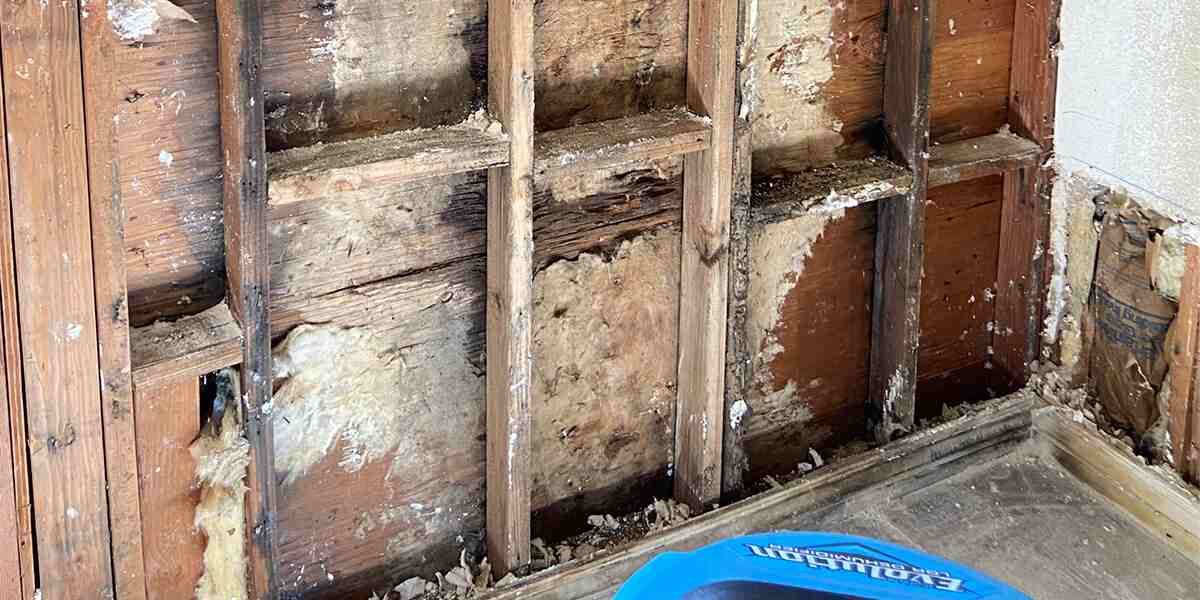Steam Smart Pro Carpet Duct & Tile Cleaning
How to Sanitize Basement After Flood: 10 Tips
Is your basement flooded? Call Steam Smart Pro at 520-346-7706 for water damage restoration and sanitization.
Dealing with a flooded basement can be laborious, but it is absolutely crucial for the safety and functionality of your home. Regardless of the cause of flooding, sanitizing prevents the spread of bacteria that could damage your property and be dangerous to your health.
Our Tucson water damage restoration professionals share 10 tips on how to sanitize your basement after a flood.
1. Assess the Risks
Depending on the cause and severity of the flooding, you may need to take extra precautions before you begin. Particularly if your basement contains electrical equipment, you will have to shut off electricity at the main breaker box before entering the water.
If a backup of raw sewage is the cause, be sure to dress in protective rubber gear to prevent skin contact with the contaminated water. Do not enter the basement during a flood — wait for the flooding to stop to ensure your safety.
Keep any children or pets away from the area throughout the entirety of the process to prevent slipping, contamination, and electrocution.
2. Remove All Wet Items
It is important to remove the wet items from your basement as soon as possible and allow them to air dry to prevent rot and mildew. The drying process will vary depending on the materials of your items, but be sure to place them in a non-humid area, preferably in the sun.
You can wash your fabric items with hot water and bleach to ensure they are clean and sanitized.
3. Dry Out the Basement
The cleaning process cannot begin until your basement is free of excess water from flooding.
To prevent mold growth, many people use large fans to speed up the drying process. Dehumidifiers, however, are more efficient and are a great choice year-round to prevent excess moisture in your basement. A combination of fans and dehumidifiers is a great way to dry out your basement after a flood.
As long as it isn’t humid outside, opening up basement windows can increase airflow and accelerate this process.
4. Prepare for Cleaning
As you prepare to clean the basement, you may want to separate it from the rest of the house to prevent contamination and odor. You can do so by securely covering the door that connects your home to your basement with a plastic sheet and tape.
Place all of the items you will need near your basement exit:
- Bleach
- Buckets
- Scrub brushes
- Mops
Doing so will ensure that you will not need to walk through your house in your protective gear, potentially contaminating your living space. Wearing long sleeves, gloves, boots, and a mask will keep you safe from potential contamination and inhalation of bleach fumes.
5. Sanitizing vs Disinfecting
In order to understand how to sanitize your basement after a flood, you must first learn the difference between sanitizing and disinfecting. While you might use the two terms interchangeably, there is a difference in their technical definitions.
Sanitizing destroys most bacteria in approximately 30 seconds, while disinfecting kills all dangerous organisms in around 10 minutes.
Disinfecting refers to cleaning in its highest standard, completely removing all dangerous organisms from your surfaces. Though this may not be necessary for smaller floods or those caused by plumbing issues, it's best to use bleach for the highest level of cleanliness. With bleach, you can sanitize and disinfect the impacted area.
6. Sanitize Your Basement After a Flood
Now that you have fully prepared yourself for the cleaning process, you are ready to sanitize your floors, walls, and anything else that may have come into contact with the flood water.
Mix eight tablespoons of bleach into one gallon of water, and use that solution to lightly scrub all of the unfinished surfaces that came into contact with floodwater. Leave these surfaces to dry before repeating this process a second time to completely sanitize and disinfect them.
7. Throw Away Contaminated Items
Do not reuse your cleaning gear after sanitizing your basement. To prevent the spread of any contaminants, safely dispose of the brushes, gloves, and rags you used in the process.
Dispose of any items at risk of contamination by flood water, particularly if the flood water contains raw sewage. If you have a flood insurance policy, you should read it carefully to see if it covers damage to larger items such as air conditioners, laundry machines, or refrigerators.
8. Assess Wet Electrical Appliances
If you have appliances that got wet in the flood, have a qualified technician inspect them before attempting to use them again. Electrical equipment, such as a furnace, could shock you if you attempt to turn it on after water damage.
9. Prevent Future Flooding
If you have experienced a flood in your basement, you should look into all the ways to prevent it from happening again. Especially in high-risk flood areas, you never know when heavy rains may cause damage to your property.
Learning how to stop water from seeping through the basement wall will ensure that your basement is clean and dry in even the strongest of storms.
10. Know When to Call in a Professional
Even the most knowledgeable and well-prepared homeowners should equip themselves properly to handle a flooded basement. The Steam Smart Pro team can handle every aspect of cleaning up your flooded basement, from rapid water removal to drying and sanitizing. For basements with carpet, we will fully clean and remove excess water from the carpets before sanitizing, leaving them as good as new.
Regardless of the type or severity of your water damage, our Steam Smart Pro experts know exactly how to sanitize your basement after a flood, and we have all of the tools and experience to do so.
If you have flooding in your basement, don’t wait to get help. Call Steam Smart Pro in Tucson, AZ at 520-346-7706 to receive a quote.
Author Bio:
Eric Bullard
The owner of Steam Smart Pro in Tucson, AZ, brings over 20 years of invaluable experience in the field of carpet, tile, and air duct cleaning. With a strong dedication to quality and a deep understanding of effective cleaning techniques, Eric consistently delivers outstanding results to his satisfied residential and commercial clients.



